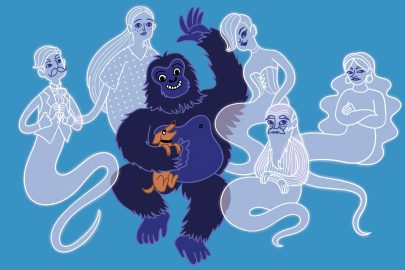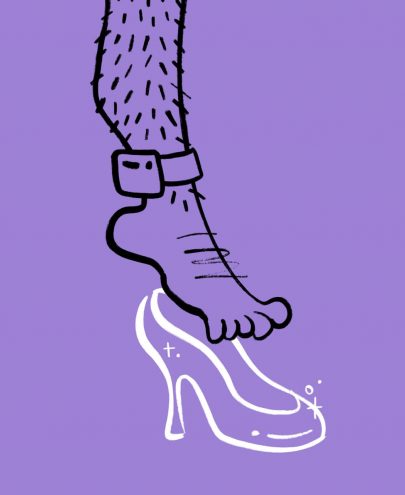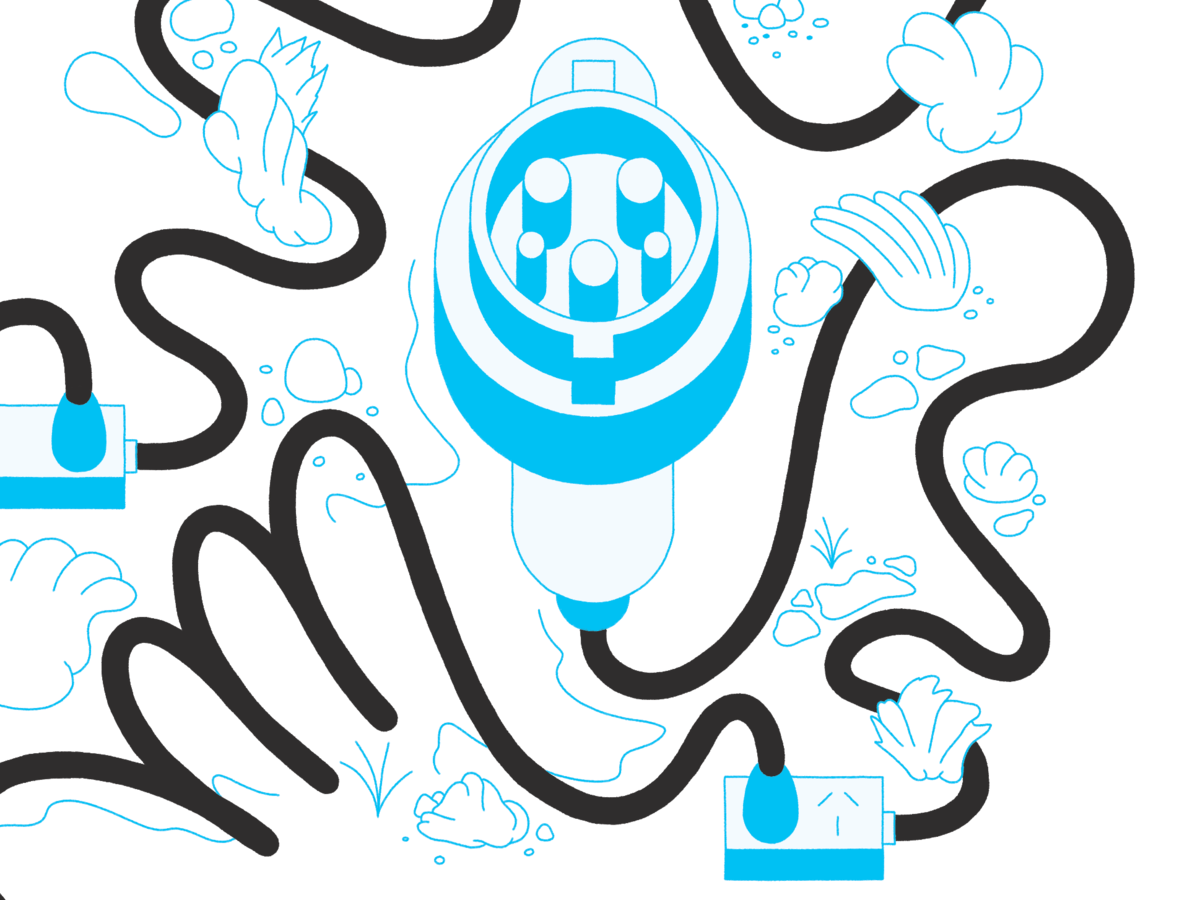Nov 4, 2014 etc
New Zealand’s relationship with Samoa has been rocky ever since WWI.
First published in Metro, October 2014.
Perhaps it was weeks of being dazzled by the sights of Paris and London, marvelling at the richness of history in every place we set foot. When I arrived home, I was subconsciously primed — and with a greater openness perhaps — to want to know more about my own history: where I came from, and the buildings and people and stories before me.
One of my first work assignments during my inevitable post-holiday depression was to cover the opening of the Entangled Islands exhibition at the Auckland War Memorial Museum. It documents the lasting legacy of New Zealand’s first act of war in World War I — the invasion of German-occupied Samoa, and the difficult relationship that followed as a result.
I had grown up with stories, as I think most Samoans do, of the terrible things that happened at the hands of the New Zealand authorities, but I don’t think I ever knew the exact reason New Zealand was there in the first place. Turns out it was driven by Britain’s desire to seize Germany’s powerful radio transmitter in Apia, and the Germans didn’t put up much of a fight.
I set up a date to go back with my family and properly soak in the exhibition. My parents had seen a similar display in Samoa and there, they told me, it paints a much harsher picture of New Zealand’s rule. But there is no glossing over what’s told in Entangled Islands.
It covers the stories passed down to me: the 1918 influenza pandemic that killed roughly one in five Samoans, the mass graves, the blame falling to New Zealand’s general callousness and failure to quarantine a passenger and cargo ship.
There was also the Mau movement and resistance, “Samoa Mo Samoa”, and Black Saturday, when New Zealand police shot into crowds of peaceful demonstrators, killing 11 Samoans, (including independence leader Tupua Tamasese Lealofi III). One New Zealand police officer also died, clubbed to death. And Samoa’s eventual independence.
The exhibition also filled in many missing details — the black spots of knowledge — and it was difficult to leave that day without a feeling of rising bitterness. We went back to my parents’ house, discussing what we’d learned and what surprised us, eventually leading us to the other stories we grew up hearing, the ones my parents lived.
Like the time my mum’s apartment was raided at dawn, mere hours after my dad had already left on a flight returning to Samoa. Or the time my mum had secured a house to rent, only to have the keys taken off her when she turned up with my dad to meet the landlord. Or when my mum had stones thrown at her in Samoa, and was told, “Go back to New Zealand, palagi!”
That, too, is our history. The stories have been told so many times they’re no longer shocking. Nor are they unique; they just are. I’d been thinking of how it must have felt, seeing soldiers come off ships onto your land, and I had another memory of soldiers: New Zealand troops in Samoan villages following the 2009 tsunami, providing aid and medical relief.
The bad tends to linger longer than the good, but there is always good. As historian Damon Salesa said when opening the exhibition, “Imagine a New Zealand without nearly 150,000 Samoans.” Of course I’m biased, but I don’t imagine it’d be quite as good.
Entangled Islands: Auckland Museum until February 1, 2015. aucklandmuseum.com
Photo: Villagers near Apia, photographer unknown. Courtesy of the Auckland War Memorial Museum.





